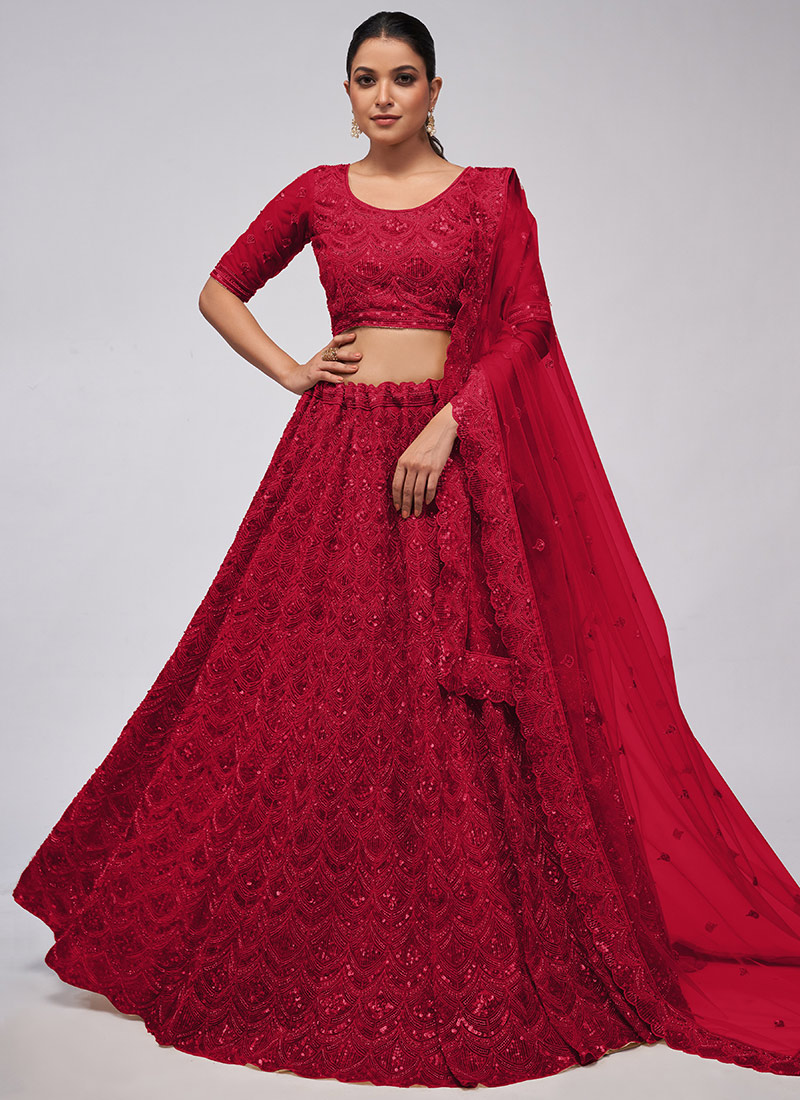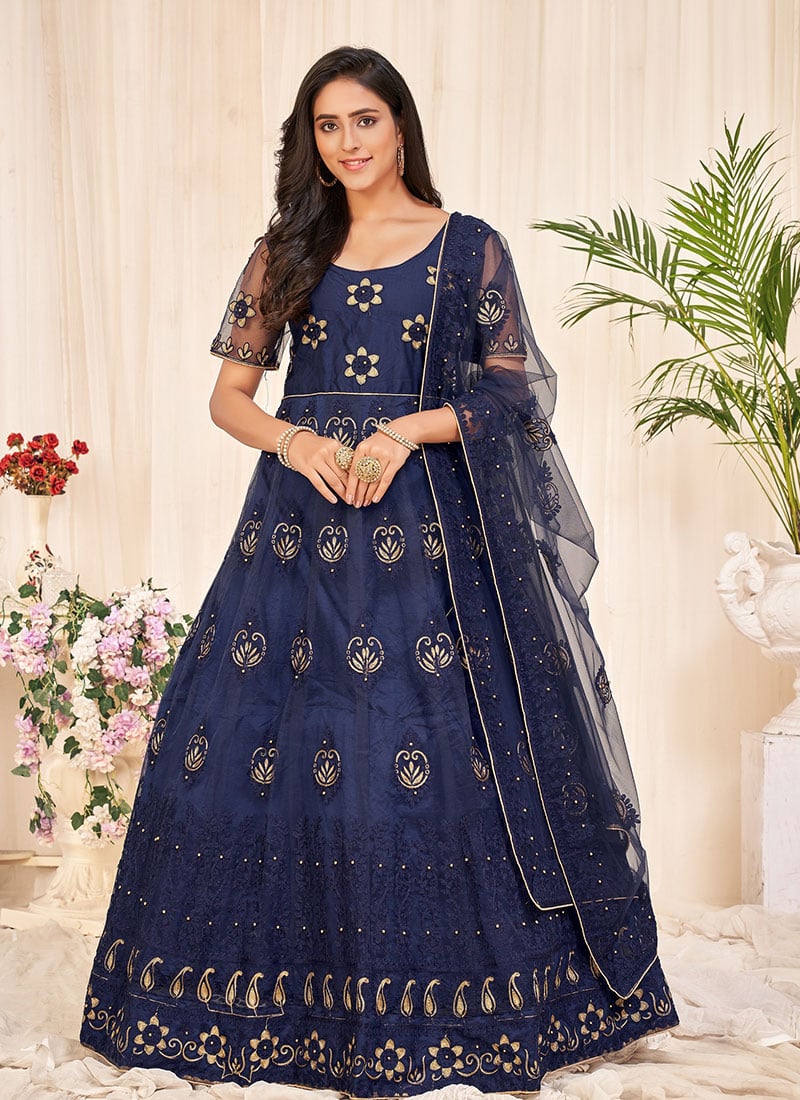The Art of Color: Fashion’s Impact on Mood and Perception in Ethnic Attire
In the world of fashion, colour isn’t merely a visual phenomenon but a powerful tool that influences emotions and perceptions. Whether consciously or subconsciously, the colours we wear can affect our mood, demeanour, and how others perceive us. This intricate interplay between colour and psychology forms the essence of fashion’s impact on personal and social dynamics.
Color psychology, a field that explores how colours can evoke emotional responses, plays a crucial role in fashion design and styling. For instance, warm colours like reds, oranges, and yellows are often associated with energy, passion, and optimism. Designers leverage these associations to create collections that not only reflect current trends but also resonate with the emotional needs and desires of their audience.
1. Red: Passion and Strength
-
Lehengas and Sarees
Red symbolizes vitality, passion, and energy. Wearing a red lehenga or saree often signifies celebration and auspiciousness, making it a popular choice for weddings and festivals. It exudes confidence and draws attention, making the wearer feel bold and empowered.

Blue: Serenity and Trust
-
Anarkali Suits and Gowns
Blue is known for its calming effect, promoting feelings of tranquillity and trustworthiness. Anarkali suits and gowns in shades of blue are favoured for their elegant yet soothing appeal, perfect for formal occasions where composure and grace are desired.

3. Green: Harmony and Growth
-
Salwar-Kameez and Sherwanis
Green represents harmony, balance, and renewal. Salwar-kameez outfits in green tones are often chosen for their refreshing and optimistic vibes, reflecting growth and prosperity. Similarly, sherwanis in shades of green signify regal elegance and a deep connection to nature.
4. Yellow: Optimism and Creativity
-
Gowns and Lehengas
Yellow evokes optimism, creativity, and warmth. Wearing a yellow gown or lehenga radiates positivity and joy, making it a popular choice for daytime events and festivities where cheerfulness and creativity are celebrated.
5. White: Purity and Simplicity
-
Sarees and Sherwanis
White symbolizes purity, simplicity, and new beginnings. Sarees and sherwanis in white signify elegance and solemnity, often chosen for ceremonies and formal gatherings where a sense of reverence and purity is paramount.
6. Black: Elegance and Sophistication
-
Gowns and Sherwanis
Black represents elegance, power, and sophistication. Black gowns or sherwanis, exude authority and confidence, making a bold statement at formal events and evening occasions where a touch of mystery and allure is desired.

Harnessing Color Psychology for Personal Empowerment
Choosing the right colour in ethnic fashion isn’t just about adhering to trends; it’s about aligning your attire with your emotions and aspirations. Whether it’s the rich red of a bridal lehenga,, symbolizing love and passion, or the calming blue of an Anarkali suit reflecting serenity and trust, each colour tells a story and shapes your mood throughout the day or evening.
By understanding the psychological impact of colours in ethnic fashion, individuals can consciously select outfits that not only flatter their complexion but also uplift their spirits and amplify their confidence. Whether you’re preparing for a wedding, festival, or formal event, consider the emotional resonance of your attire and how it can enhance your overall experience.
Conclusion
Incorporating colour psychology into ethnic fashion transforms traditional attire from mere fabric into a canvas of emotions and cultural expression. Whether you choose the vibrant hues of a lehenga or the understated elegance of a saree, each colour has the power to evoke feelings of joy, confidence, and connection to tradition. By embracing this knowledge, fashion enthusiasts can elevate their mood and create memorable experiences through the colours they wear. Let your ethnic fashion not only reflect your style but also amplify your inner positivity and emotional well-being.







Leave a Reply